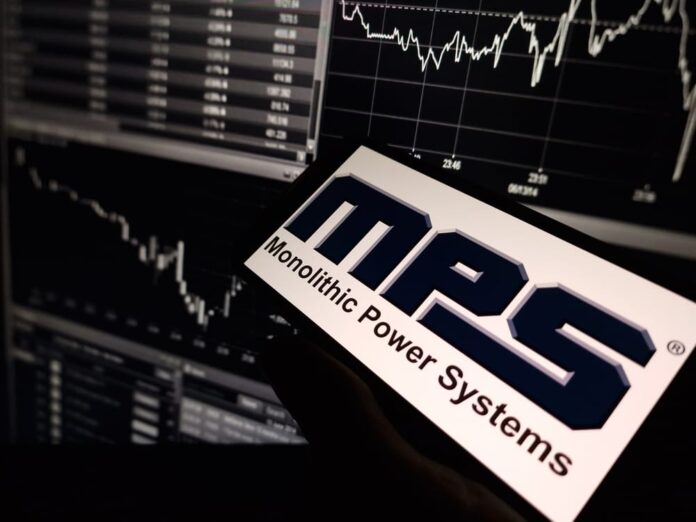The Hubble Telescope captures 3 dimensions cosmic dance between two galaxies. The Nasa ESA Hubble Space Telescope is witnessing a grouping of galaxies engaging in a slow dance of destruction that will last for billions of years.
The galaxies are so tightly packed together that gravitational forces are beginning to rip stars from them and distort their shapes. Those same gravitational forces eventually could bring the galaxies together to form one large galaxy.
The twin galaxies NGC 4496A and NGC 4496B dominate the frame in this image from the NASA/ESA Hubble Space Telescope.
Both galaxies lie in the constellation Virgo, but despite appearing side-by-side in this image they are at vastly different distances from both Earth and one another.
NGC 4496A is 47 million light-years from Earth while NGC 4496B is 212 million light-years away. The enormous distances between the two galaxies mean that the two are not interacting, and only appear to overlap because of a chance alignment.
Chance galactic alignments such as this provide astronomers with the opportunity to delve into the distribution of dust in these galaxies.
Galactic dust – the dark tendrils threading through both NGC 4496A and NGC 4496B – adds to the beauty of astronomical images, but it also complicates astronomers’ observations. Dust in the universe tends to scatter and absorb blue light, making stars seem dimmer and redder in a process called “reddening.”
Reddening due to dust is different from redshift, which is due to the expansion of space itself. By carefully measuring how dust in the foreground galaxy affects starlight from the background galaxy, astronomers can map the dust in the foreground galaxy’s spiral arms.
The resulting “dust maps” help astronomers calibrate measurements of everything from cosmological distances to the types of stars populating these galaxies.

Image credit: ESA/Hubble & NASA, T. Boeker, B. Holwerda, Dark Energy Survey, Department of Energy, Fermilab/Dark Energy Camera (DECam), Cerro Tololo Inter-American Observatory/NOIRLab/National Science Foundation/Association of Universities for Research in Astronomy, Sloan Digital Sky Survey; Acknowledgment: R. Colombari
Text credit: European Space Agency (ESA)
To know more about the Hubble telescope and recent discoveries in science, don’t forget to visit GeeksULTD.com





